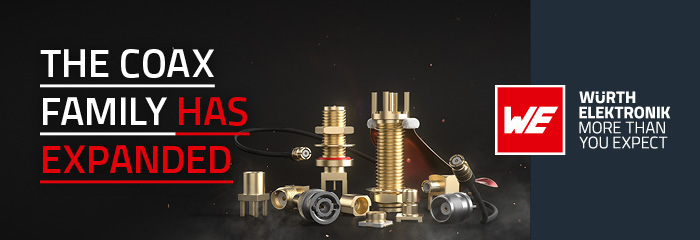PCB |
Filled, Plugged, Plated Via-In-Pad
Increasing use of High Density Interconnect Printed Circuit Boards (HDI PCBs), has made the plugging of microvias inevitable for many manufacturers of PCBs.
It is as always the component pitch and rapid growth of HDI design, that is the main reason for developing this and other related processes. Further increased area for IC packaging, via in pad, landless designs and planarity of the via for dielectric formation are also main drivers. Uniform dielectric spacing between layers and the ability to metalize the dielectric as well as achieve plating adhesion is critical.
In general holes can be filled and plugged with special filling pastes, resin from the prepreg and conventional soldermask (LPI). The pastes can have special characteristics as good heat transportation. Following information is mainly based on technology used by our manufacturers in Europe and Asia.
Via Plugging
The standard LPI soldermask process cannot tent or fill vias without the risk of exposing copper inside the hole barrel. Typically, a secondary screen print operation is used which deposits UV or thermally curable epoxy soldermask into the holes to plug them. This is called via plugging. Via plugging is for plugging via holes with a solder resistant material to prevent air leakage during In Circuit Test (ICT), or to prevent shorting from components which are close to the board surface.
Typically only one side of the via can be plugged. There is a high probability that one side of the plug will be blown off during soldering if both sides of the same via are plugged, a result of entrapped gases between the plugs.
100% Via Plugging
This requirement uses a process similar to the above described, but the entire hole barrel is filled with a non-conductive material. The exact hole fill percentage is dependent on the hole size and board thickness. It will generally fill 80–90 % of the volume. If present, this requirement should be indicated on the fabrication drawing with a note stating: Via Plug > 80% of the hole barrel volume for the 0.0xx mm holes.
BGA Device Via Plugging
BGA devices require special consideration in via plugging due to tight spacing. The surface finish on most BGA device applications is ENIG. Other solutions are Immersion Silver, Immersion Tin or OSP. Via plugging should not be used with Immersion Silver surface finish, if the via plug used is a thermal cure process type. The via plug is added after the surface finish which can be tarnished and may affect solderability. Vias should be 100% plugged or preferably left open.
Capped or Plated Over Blind or Through-hole Vias
This process “fills” the via hole with a conductive or non-conductive material and then the via surface is plated over, “capped”, to provide a smooth flat solderable surface. These are used for Via-In-Pad designs where component may be mounted over the via, or a solder joint will extend over the via connection. Typical filled and plated-over via design rules from one of our manufacturers. Variations between manufacturers will occur.
• Minimum drilled hole size 0.25 mm maximum 7:1 aspect-ratio
• Maximum drilled-hole-size 0.45 mm
• Aspect ratio Min. 2:1, Max. 7:1
• Max board thickness 2.16 mm
• Via filling process can be performed from one side only
• The plating may extend up to 0.0127 mm above or 0.0762 below the pad surface
If conductive filled holes are present, this should be indicated on the fabrication drawing with a note.
MicroVias and Via in Pad
According to IPC, a microvia is a hole with a diameter of < 150um. It can be a through viahole (with all respect to aspect ratio), but we normally see them as blind vias between 2 layers. Mostly “drilled” by laser, but some manufacturers are also drilling microvias with a mechanical drill bit. It is slower, but the holes have a clean and nice cut.
Normally we recommend to use fan out vias where possible, but components with a increased pitch and pad size forces the via to be part of the component pad. These vias shall be filled and over plated. Filling can be by paste, but also cu-filling is requested and available.
The microvia copper fill process is an electrochemical deposition process applied in the manufacturing of multilayer process. The process chemistry is complex, including the interactions of several additive chemicals in addition to the underlying basic electrochemical processes of copper electrodeposition.
A successfully electroplated microvia is filled completely but not excessively leaving a smooth surface for stacked vias to be added, or for a component to be soldered. Copper filling of microvias is available from most manufacturers who are capable of producing HDI boards.
If possible keep it simple
It will be very cost effective if your PCB does not need plugging, filling or over plating. Assuming you will have ENIG surface finish, leave an opening in soldermask for the through hole vias 0.2mm larger than the nominal hole. You will have an open via hole with a clean and nice ENIG barrel without any risk for entrapped residues. This solution can work for most PCBs unless you intend to wave solder your product.
-----
Author: John Steinar Johnsen, Elmatica



